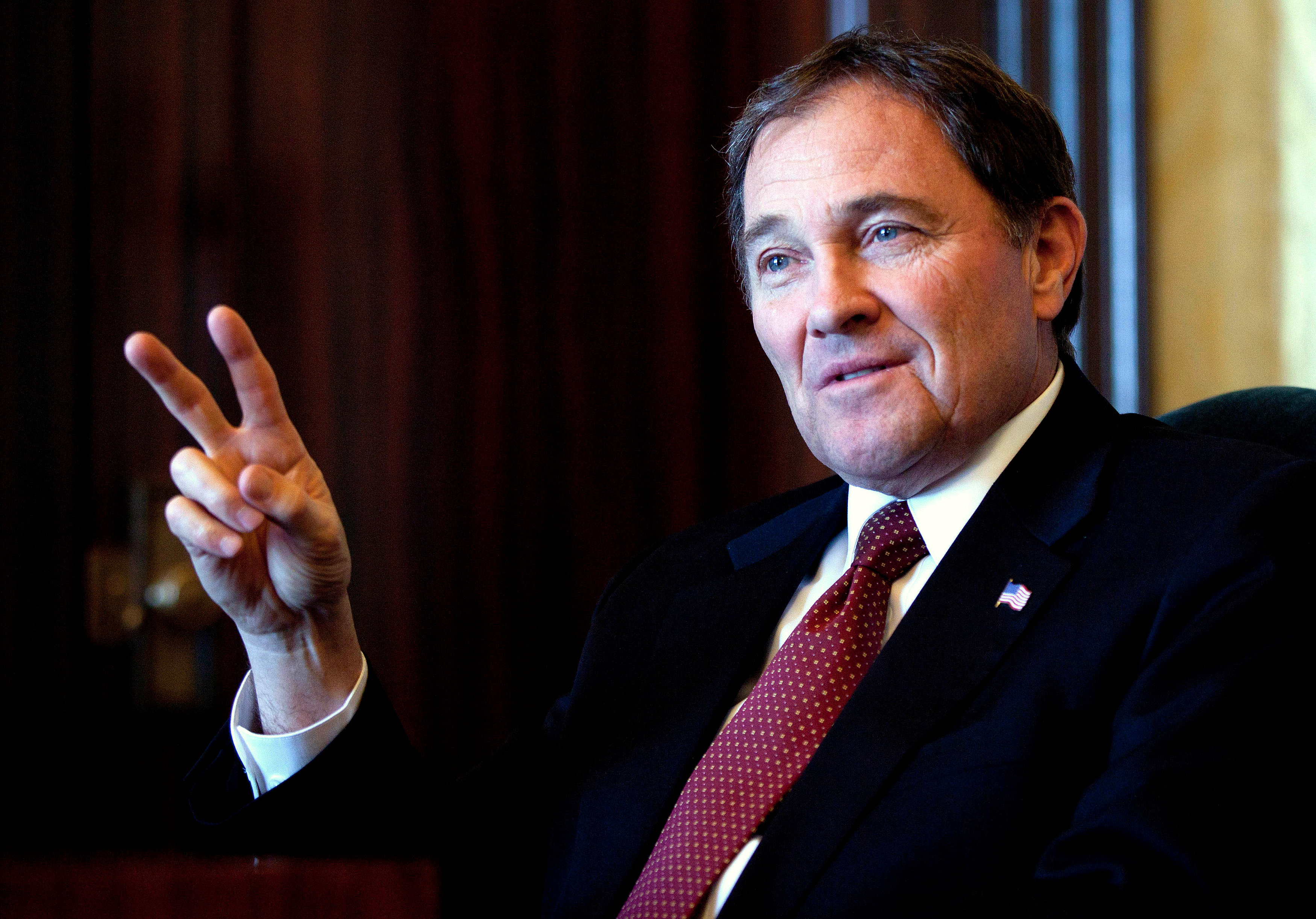
(Reuters) – Firefighters battling a raging wildfire in southwestern Colorado faced more hot, dry conditions and gusty winds on Tuesday, officials said.
The 416 Fire has already forced people to flee about 2,000 homes in the 11 days since it started while pre-evacuation notices were issued for another 127 homes on Monday, officials in La Plata County said.
Temperatures would reach the mid 80s Fahrenheit (around 30 Celsius) and winds up to 25 miles (40 km) an hour on Tuesday, the U.S. Forest Service said. Humidity was expected to stay low, at around 6 percent, it added.
After doubling in size from Saturday to Sunday, the wildfire, 13 miles north of the small city of Durango, covered 20,131 acres (8,147 hectares) and was just 15 percent contained, the service said.
The 416 Fire – named after its emergency service call number – is by far the largest of at least a half-dozen blazes raging across Colorado.
A 32-mile stretch of U.S. Highway 550, which has served as a buffer for homes on the eastern edge of the fire, was closed, officials said.
All 1.8 million acres of the San Juan National Forest in southwestern Colorado were due to be closed to visitors by Tuesday, the U.S. Department of Agriculture said, citing the fire danger.
No buildings have been destroyed so far, but flames had crept to within a few hundred yards of homes. Aircraft have been dropping water and flame retardant, according to fire information website InciWeb.
The site said containment was not expected before the end of the month.
The National Weather Service posted red-flag warnings for extreme fire danger for large portions of the Four Corners region of Utah, Colorado, New Mexico and Arizona.
(Reporting by Brendan O’Brien in Milwaukee; Editing by Andrew Heavens)








